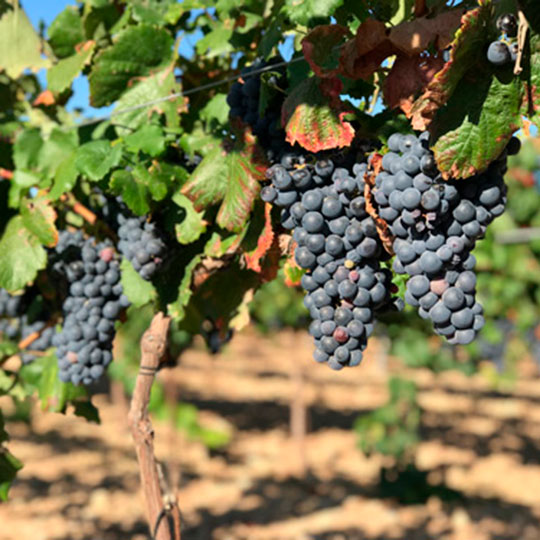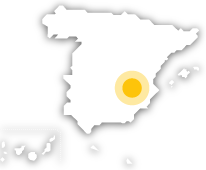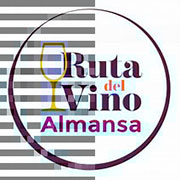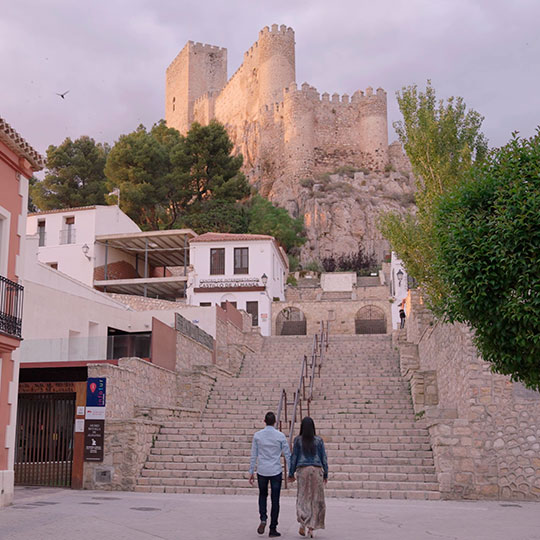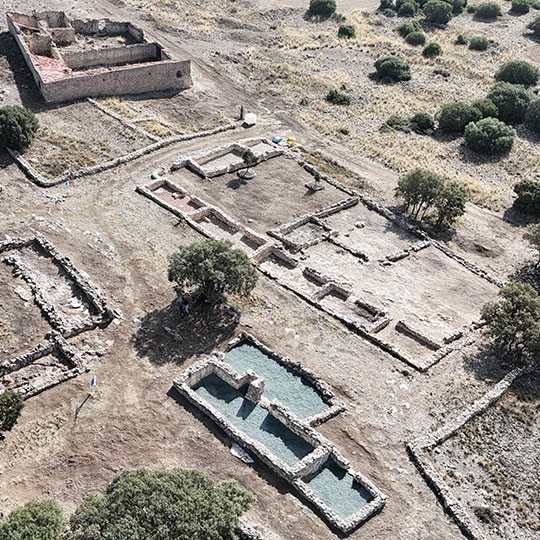What are the wines like?
Garnacha Tintorera is the star grape variety of this DO, as it occupies around 60% of the production area. It is used to make wines with great potential, balanced, with notes of black fruits and spices, dense tannins and a bitter finish with vegetal touches. Monastrell is the second pillar, a variety that allows the production of mature wines with sweet tannins. The white wines are light, with moderate alcohol content and good acidity, with fresh and fruity notes. The rosés from Almansa Denomination of Origin are fresh and light, with moderate acidity. They maintain their fruity character well and are very pleasant on the palate.
What I can find
There is a wide range of wine tourism opportunities to enjoy the wineries, gastronomy, nature and history of the area, with a variety of accommodation options to create experiences adapted to all needs. The different municipalities along the route celebrate their patron saint festivals around the month of May, with popular events that help people learn about the culture of their towns. Particularly well known are the Festival of Mayores de Almansa, declared to be of International Tourist Interest, and which, due to its Levantine influence, hosts different “Moors and Christians” parades, events in its impressive castle and amazing performances. Another notable event is the reenactment of the Battle of Almansa, which takes place around 25 April.
How to get here
This route is perfectly connected by roads and highways, the main one being the A-31 that links Madrid with Albacete and Alicante, from where there are direct access roads to the various participating municipalities such as Alpera, Higueruela and Hoya Gonzalo. The train is also an excellent option to reach the area, as there are many railway connections. In addition, the Almansa Wine Route has good flight connections, since both Alicante-El Altet airport and Valencia-Manises airport are located less than 100 kilometres and about 115 kilometres away, respectively.
